I usually don’t often feature other people’s works on my blog, but when I find something particularly worth pointing out, I do – and this is the case with the “Tour de Cure” documentary:
Recently, Linda Ung and Mick Jones, two very talented filmmakers and shooters from Australia who I had the pleasure to meet in person at this year’s NAB in Las Vegas, set out to make an incredible documentary series about the “Tour de Cure“. It’s a ten-day cycling tour aimed at raising money for cancer research and ultimately finding a cure for cancer. Please donate at Tour de Cure website to help reach this aim: http://www.tourdecure.com.au/
Before you read further, I suggest you start by watching the first episode. The other episodes are at the bottom of this post.
I saw the first episodes and loved the passion and skill shown by both the athletes and the filmmakers. I also found it to be rather amazing that it’s been produced using mainly DSLRs, which notoriously hard to operate in conditions where you have to be particularly fast and precise. So I asked Linda to share some of here experiences with us, and here is her write-up:
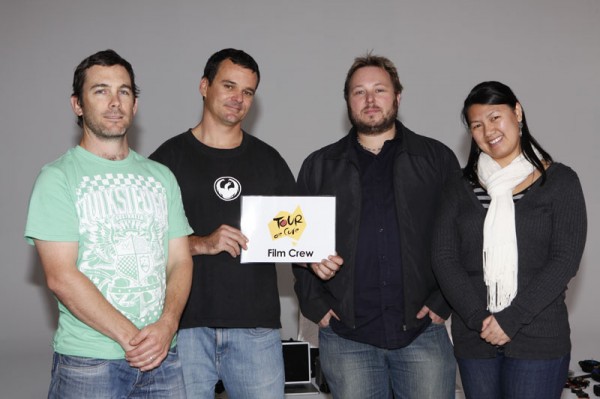
Adam Dodd, Leigh Hubner, Mick Jones, Linda Ung - the Tour de Cure film crew
Linda, how did it all start?
We were approached by the
Tour de Cure organizers to document their annual event for the purpose of promoting the tour on a network. We decided to follow 3 different participants to give a more of a first hand point of view of the tour. We did the tour on a reduced rate as there are some things that needed to be funded. We saw this as a great opportunity to place HDSLRs in a ‘run and gun’ situation and see how it stood up not only from a quality point of view but also the versatility of them.
What equipment did you use?
We took 2 Canon 5Ds and 2 Canon 7Ds along with a whole swag of support accessories including lenses (of course), tripods, computers, hard drives etc. We also brought along a sound recordist, as we all know, the DSLRs don’t have monitored sound capabilities. Gear list below:
Canon 5D x2
Canon 7D x2
Canon 16-35mm
Canon 24-70
ZF 85mm
ZF 24mm
ZF 28mm
ZF 35mm
ZF 50mm
Manfrotto Tripods x2
Glide Cam
Kessler pocket dolly
External Hard drives x3
Zacuto Shoulder rigs and Z-finders
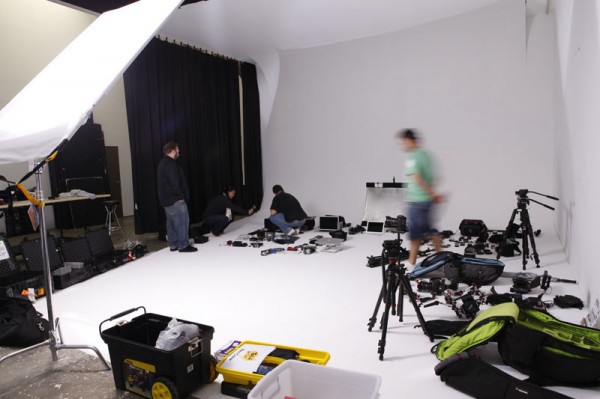
Gear fest!
Pulling off some shoot like this isn’t easy. What kind of obstacles did you run into? What could have gone better?
I’ll never forget editing at the back of the camper van while the boys sat up the front following the peloton and looking out for shots to get. The back of the camper bouncing around drove me crazy, and trying to make precise cuts in an edit was one of the hardest things as we bounced and bumped our way along. On top of that, the power that was feed from the inverter kept cutting out; that was okay for the laptop and the bus powered hard drive, but not good for the hard drives that were powered. Data wrangling on the run was essential and a very time consuming process as we were converting from the h.264 in the DSLR’s to Pro Res for editing and the transcoding was a killer.
From a shooting point of view this production presented so many challenges. It was a great learning experience and definitely kept us on our toes. We were constantly navigating ahead of the pack to try and find good vantage points to shoot from. Often we would have to park somewhere, pile out of the van with a couple of camera rigs and set up for the shot as they rolled towards you and you only get one chance at the shot. So we would constantly be looking out for events and points of interest on the daily journeys that we would then get the riders to talk us through during their end of day interviews. That way it would give us some sort of story spine to start with in the post production.
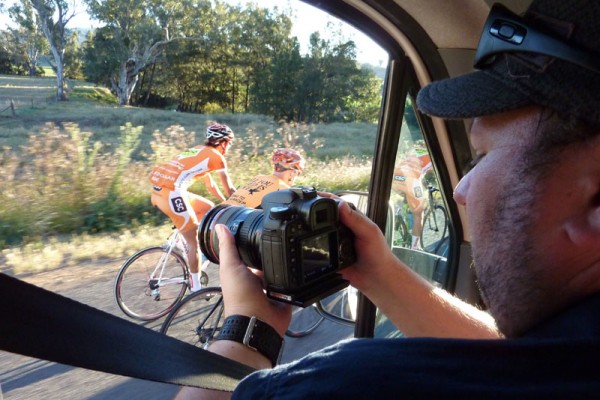
Mick Jones in action, shooting from the van
Please tell me a little about the editing and selection process.
The whole point of this tour is to raise money for cancer research… quite a morbid topic, and I did have trouble finding a balance in the edit, that is, yes these riders were doing it tough on the day to day tour, but there are bigger issues in the world… cancer. The approach I decided to take was a “light at the end of the tunnel” kind of feel and all this is being done for a bigger picture. The funny thing about this tour was, their goal was to raise 1 million dollars which was reached on the 2nd day of a 10 day tour, which is great for the tour and the charity, but it pooched my big ending in the edit… the initial idea was to continually remind the audience how much was raised and how far they still need to go. So, the focus of the entire tour was the riders and their experience, what added to the drama was the lack of experience most of the riders had, in the sense that they were not “professional” cyclists. Pros: Being involved with the tour from pre to production, I was able to watch what was being recorded as it was happening, therefore it saved me a lot of time scanning through the footage for good content. I was able to dip into my memory bank and fish out what I needed for the edit, rather then go looking for it with the possibly that it’s not there. Cons: the emotional attachment I had with the experience of the tour made it hard for me to edit the piece. I took my a little while to get over the tour experience, and just focus on cutting a story.
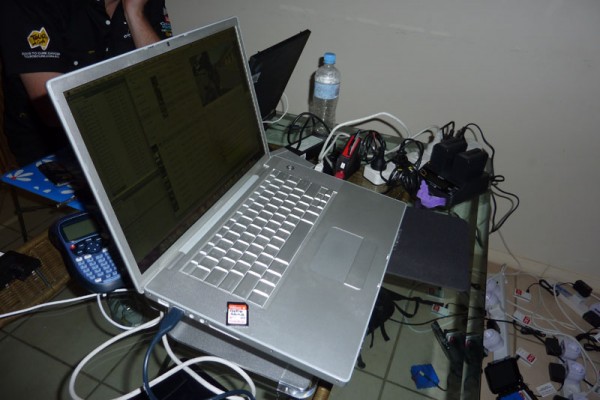
Editing on the road & in the back of a van
Workflow becomes and essential issue when several cameras and shooters are involved, even more so with DSLRs. How did you manage the production?
We were running 4 cameras and at least 10 CF cards, so it was extremely important that the CF cards were labelled and footage logged while ingesting. Ingesting happened during the each day and every night of the tour, not only to keep up with logging the footage (as each day started to all feel the same – Groundhog day) but also to keep up with the amount of footage that was being shot. Cards needed to be ingested and backed up for re-use the next day. On top of keeping the footage logged, video blogs were also being cut on daily basis throughout the journey.
Thank you Linda!
Check out the other 4 episodes of the documentary below the gallery. And don’t forget to donate at
Here are some additional behind-the-scenes shots:
-
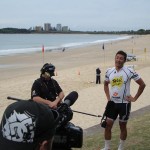
-
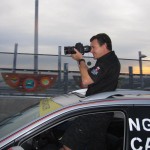
-
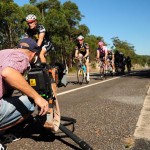
-
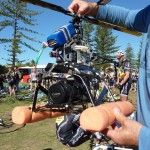
-
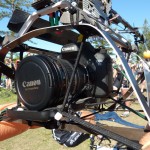
-
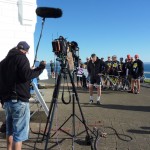
-
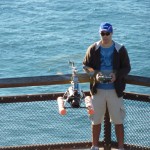
-
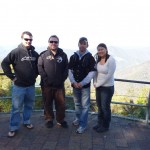
-
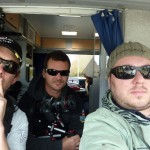
-
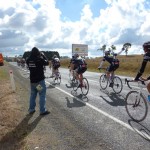
-
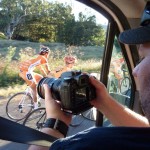
-
Mick Jones in action, shooting from the van
-
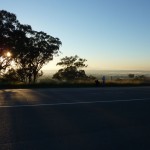
-
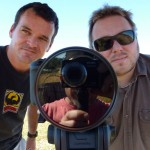
-
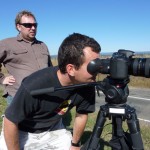
-
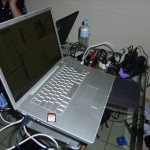
-
Editing on the road & in the back of a van
-
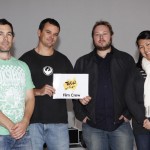
-
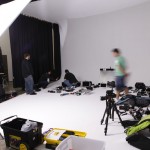
-
Gear fest!
-
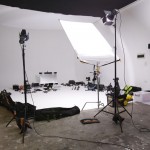

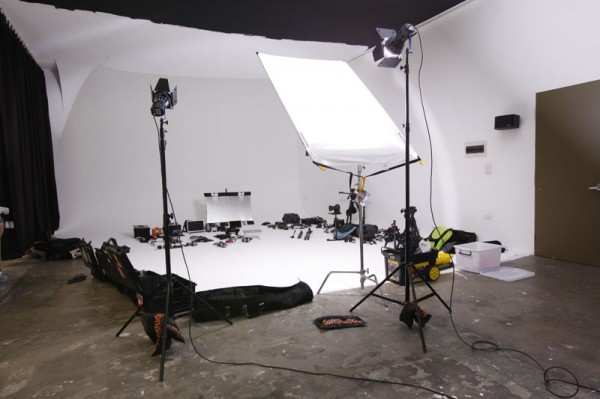






















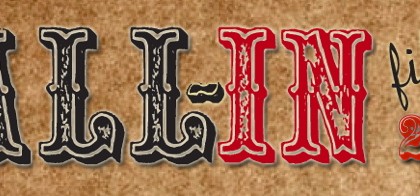
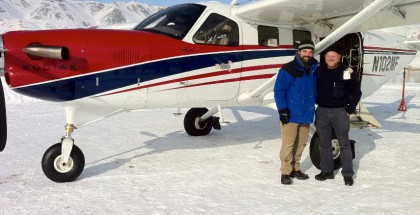
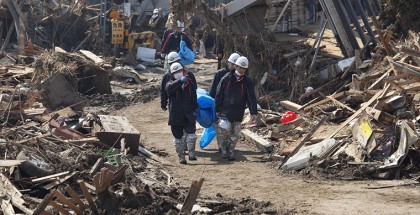
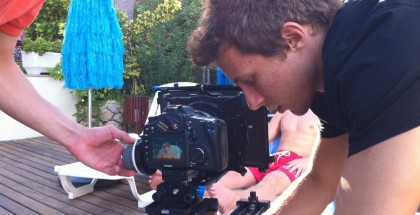
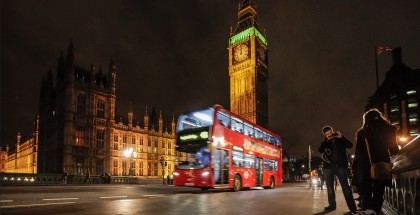
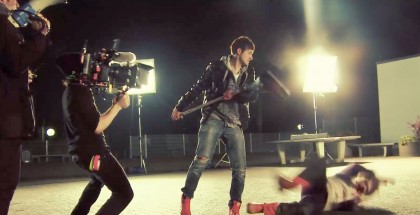
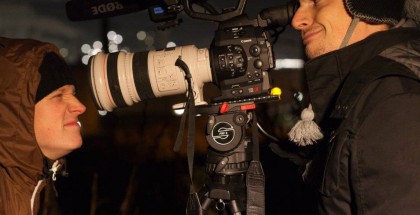
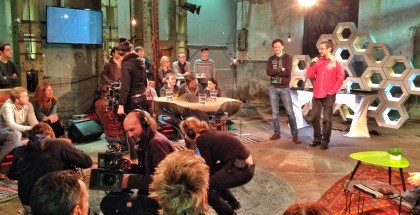












Submit a Comment